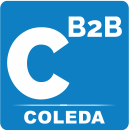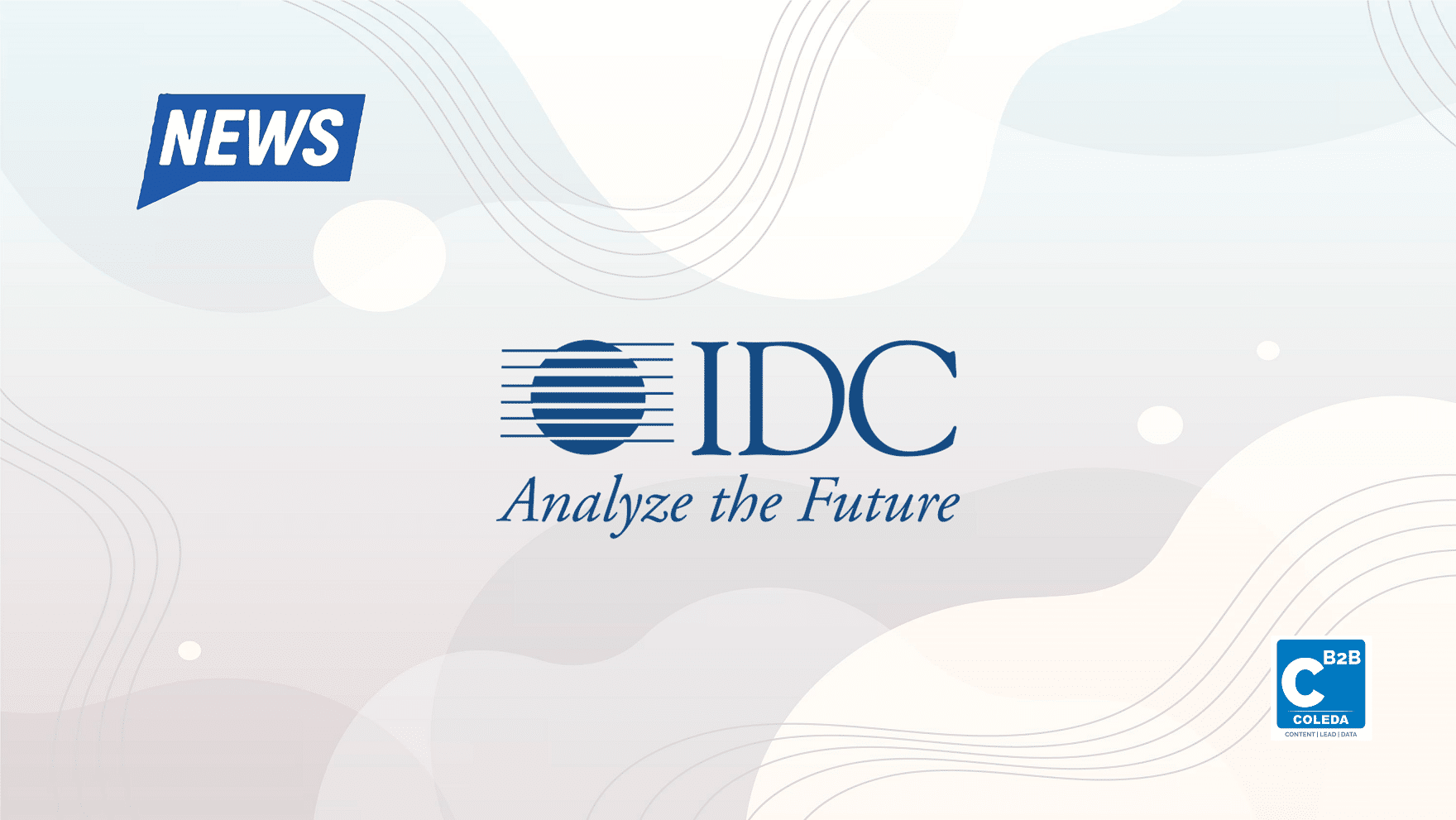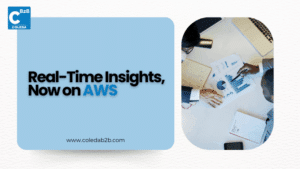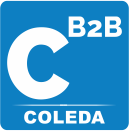The B2B buyer’s journey has seen significant transformations over the previous decade, as reported by International Data Corporation (IDC). The modern buyer has high expectations for a B2C-like experience since they are fully engaged across a wide variety of digital channels and information sources. Meanwhile, the number of personas that B2B marketers need to engage, influence, and nurture in a highly contextual manner that are expanding, adding another layer of sophistication to their work. As a result of these changes, the traditional sales and marketing funnel model is no longer effective. The Adaptive Customer Engagement strategy requires a cultural and organizational adjustment to effectively engage today’s digital-first B2B customers.
According to Laurie Buczek, Vice President, CMO Advisory Service at IDC, “the current marketing and sales operating model fails in customer centricity and perpetuates the challenge B2B marketing and sales leaders face in a digital-first era” (i.e., to establish relevancy, nurture, and build relationships among a growing number of influential individuals in a buying committee). “For almost a decade, marketers have battled to provide customers with the expected content and experiences. There can be no more isolated acts of content creation or human communication from the marketing and sales departments. Marketing must take the lead in structuring and dynamically delivering top-notch content at the right moment and in just the right format.”
According to a recent IDC report, the Adaptive Customer Engagement (ACE) model is well-suited to the requirements of the current B2B buyer, who is digitally savvy, whose purchasing decisions are heavily influenced by their past interactions with a vendor, and who demands a highly customized experience. Unlike previous models, the ACE framework is not predicated on the serial completion of individual stages in the buying process. Instead, the buyer, or more precisely the many personalities that make up the buyer cohort, may go in any direction, to any portion of the model. The responsibility of interacting with the consumer on their terms, wherever they may be, falls on the seller. Once the vendor has a clear picture of the buyer’s immediate requirements, it may position—and even automate—the appropriate digital or human resources to address those needs.
Both flexibility and adaptability are central to the ACE model, which emphasizes four distinct types of communication:
Buyer’s objective: Customers depend on vendors to provide them with useful data and services at the right time and in the right manner. And they want to maintain a relationship of mutual benefit. To live up to these standards, marketers need to establish a routine of coaching customers through the process of overcoming obstacles, measuring value, and achieving desired results for their organizations. This requires a more comprehensive, customized, and well-orchestrated content strategy that streamlines the customer’s journey to buy and then fosters loyalty to keep them as customers.
Adaptive Enablement: ACE relies on the seamless integration of customized information and interactions across the customer’s whole journey. With the help of cutting-edge innovations, modern marketers can now tailor their strategies to the specific needs of “ideal customer” profiles and purchasing cohorts at different stages of the customer life cycle. By integrating consumer data from throughout the company with digital analytics, AI, insights, and automation, marketers can better coordinate the delivery of relevant content across the most appropriate channels exactly when it’s needed.
Adaptive Engagement: Potential customers have a broad variety of information needs, gather data from a wide variety of sources, and have diverse information formats and type preferences. According to IDC, consumers want a seamless blend of technology and human elements throughout their purchasing process. For marketers to successfully orchestrate a customized experience with content personalized by persona and journey stage, they must make use of the data, analytics, and automation provided by the adaptive enablement layer.
Seller’s Objectives: The ACE model has undergone several significant changes, one of which is how marketing and sales work together.
Marketing departments can use digital intelligence and knowledge of consumer behavior to alert sales departments of changes in purchasing cohorts or individual activity that need engagement with a salesperson to speed up the buying decision procedure.






